On Saturday, January 20, 2024, Lebanese media claimed that a Toyota-type vehicle was attacked from the air while traveling east of Tyre on the road connecting Tyre-Barj al-Shamali and Al-Basuriya in southern Lebanon. Two passengers were killed in the attack: Ali Muhammad Hadraj and Mohammad Baqir Diab. Two additional people who were near the vehicle were also killed.
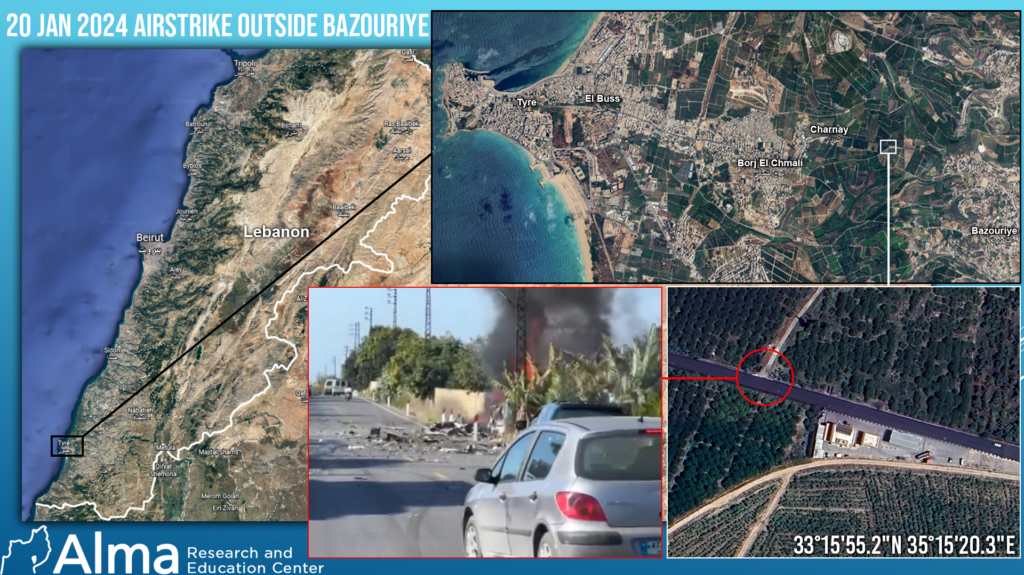
Who were Ali Hadraj and Muhammad Dhayab?
Ali Muhammad Hadraj (known as Abbas) is a Shiite Lebanese from the village of Al-Basuriya (Nasrallah’s family originated from this village). He was in his late 30s, with a PhD in engineering (possibly electrical, electronic, or communication systems).
His doctorate, from the Jesuit University of St. Joseph in Beirut, dealt with the field of “improving video streaming to multiple users over broadband radio networks.” Hadraj, who is neither Palestinian nor Iranian (various reports defined him as such), served as a Hezbollah operative, in our assessment, in the field of building up the technological force.
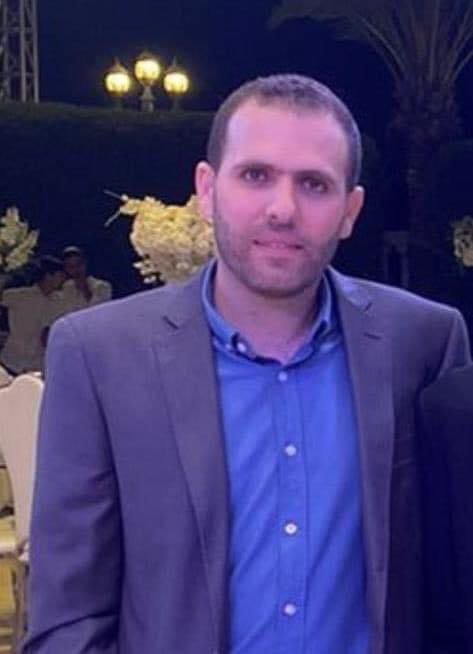
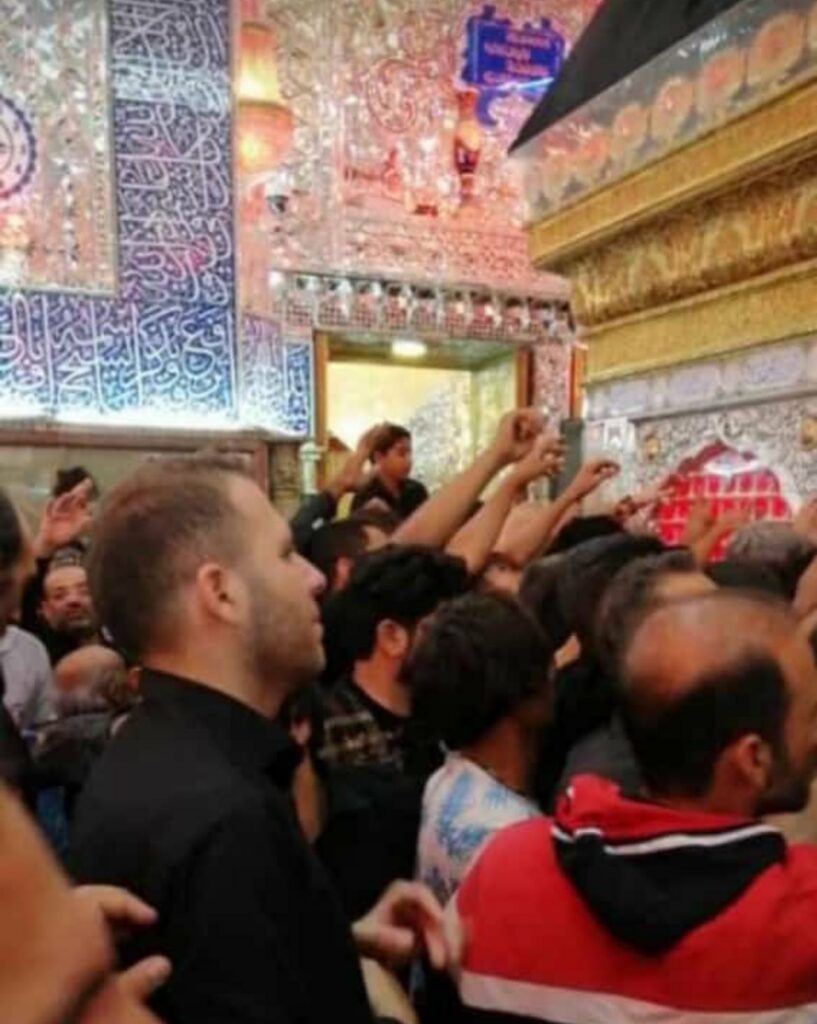
The first reports about Hadraj linked him to the Palestine branch of the Quds Force operating in Lebanon. The Palestine branch is responsible for maintaining continuous contact between the Iranian Revolutionary Guards and Hezbollah, the PIJ, and Hamas. The Palestine Branch is responsible for financial and professional support – the transfer of knowledge and means. The branch works with contacts on various issues, which belong to these organizations. Mohammed Said Izadi, also known as Haj Ramadan, is the branch’s leader. Izadi is an Iranian about 60 years old, lives in Lebanon intermittently, and moves regularly along the Iran-Syria-Lebanon axis.
According to recent reports, Hadraj was apparently involved in Hezbollah’s electronic warfare and may have also been involved in the field of UAVs. On January 20, Hezbollah issued an announcement formally announcing Hadraj’s death. On the evening of January 20, Hadraj’s body was brought to his village of Al-Basuriya, accompanied by a convoy of dozens of vehicles, headed by vehicles belonging to Hezbollah’s Islamic Health Organization.
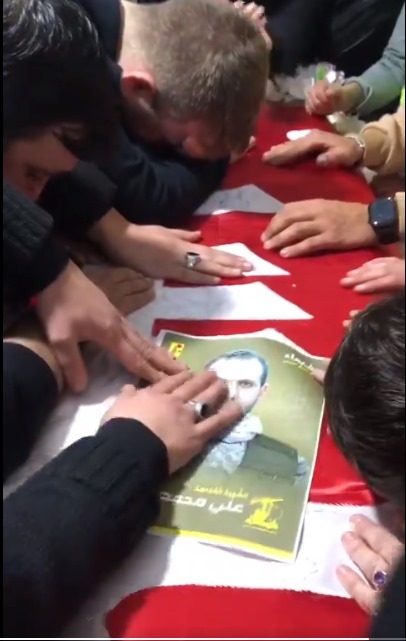

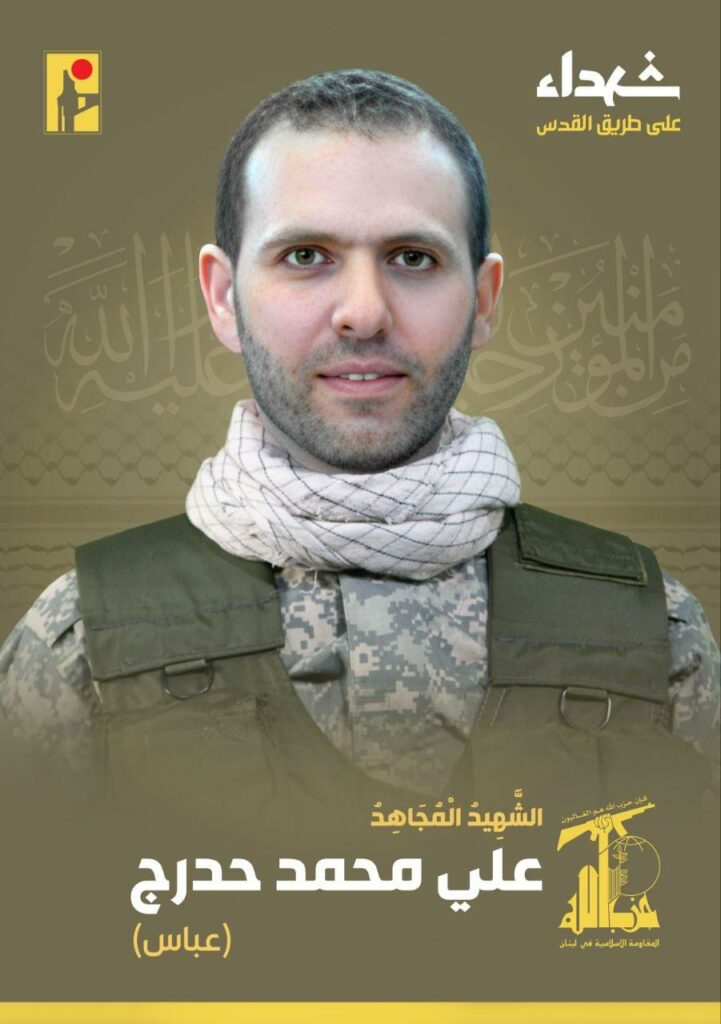
In addition to Ali Hadraj, another engineer and Lebanese Shiite, Muhammad Baqir Diab, was also killed. As of this writing, Hezbollah has not publicly declared that Diab was an operative in its ranks. Social networks appear to raise questions as to why Hezbollah did not declare his affiliation. However, it is known that Hezbollah operates in Lebanon (and outside Lebanon) with many collaborators on various issues, with an emphasis on technological fields.
According to various reports, Diab may have been connected to Hezbollah’s aerial-visual platform. It is possible that he assisted Hezbollah in technological aspects of this issue, but was not a formal operative in the organization. Assuming that these reports are correct, this topic is related to the subject of Ali Hadraj’s doctorate.

Mohammad Diab was described as “a pioneer and prominent scientist in the field of technology and communications in Lebanon and around the world, and a famous businessman.” He was the CEO of Tecomsa. Tecomsa provides IT solutions, telecommunications, software development, data centers and ERP solutions (enterprise resource planning systems – information systems used for administrative data processing). The company works in cooperation with government bodies in Lebanon and abroad, and has branches in the capitals of Cyprus and Germany.
Diab has also served as President of MD Holding Company, a member of the Lebanon Digital Transformation and Governance Network (DTGN), a member of the Board of Directors of the Professional Informatics Association (PCA), a member of the Lebanese Informatics and Telecommunications Association (ALMA), and a member of the General Association of the Arab Union for Internet and Communications (ARISPA). Defined as a supporter of creativity, innovation and entrepreneurship in Lebanon and around the world through the UN World Summit Awards. Diab participated in Lebanese technology delegations and delegations to international forums, conferences and exhibitions.
The fortifying of its technological power is a central part of Hezbollah’s intensification. Although Hezbollah relies heavily on experts and knowledge that come mainly from Iran, it also aspires to develop independent technological expertise and knowledge.
In light of Hadraj’s doctorate topic, and in light of the report linking Diab to aerial-visual, it is possible that they were engaged in a technological project related to Hezbollah’s aerial unit (Unit 127), which operates Hezbollah’s UAV system and some of its drones.
The aerial unit is considered a strategic array within Hezbollah’s operational concept in the current conflict with Israel and in the next war, in which it will play a very central role. In the current conflict, for the first time, Hezbollah has used many suicide UAVs against Israel. In addition, it operated UAVs for intelligence collection, and various types of drones (photography, attack, etc.).
Hezbollah has over 2,000 UAVs and a very large arsenal of drones. Hezbollah is constantly working to improve their ability and viability in various technological aspects.

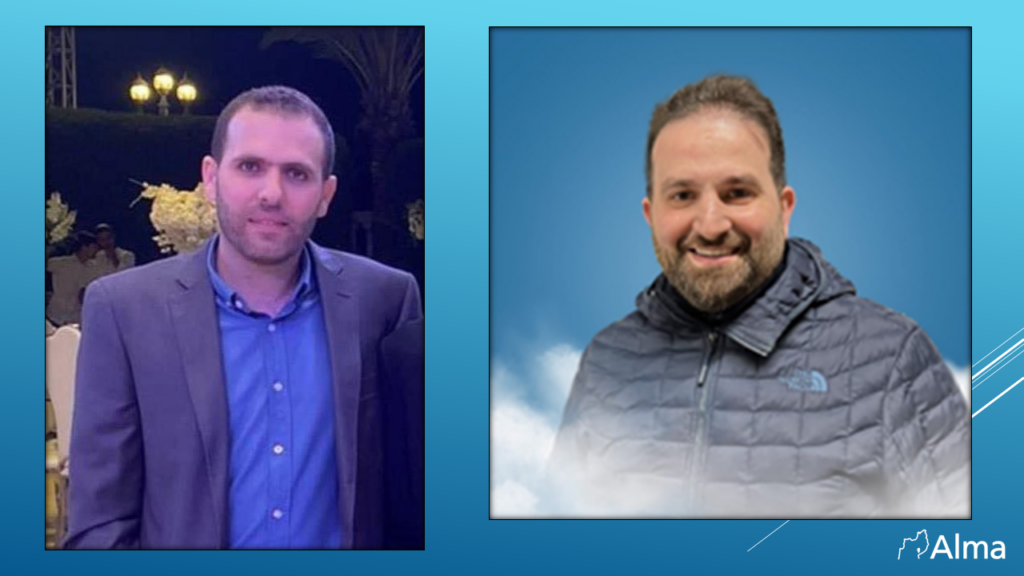





One Response
Certainly.